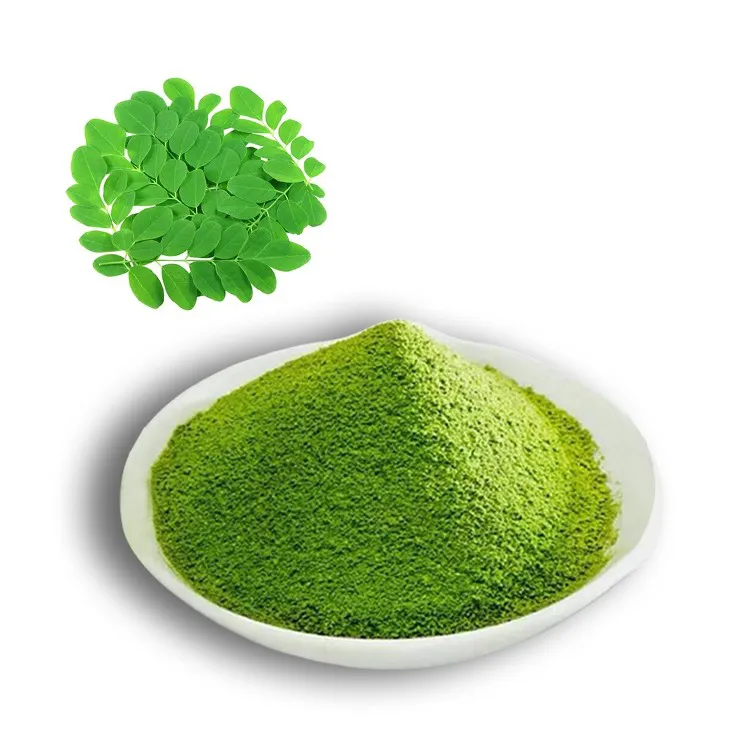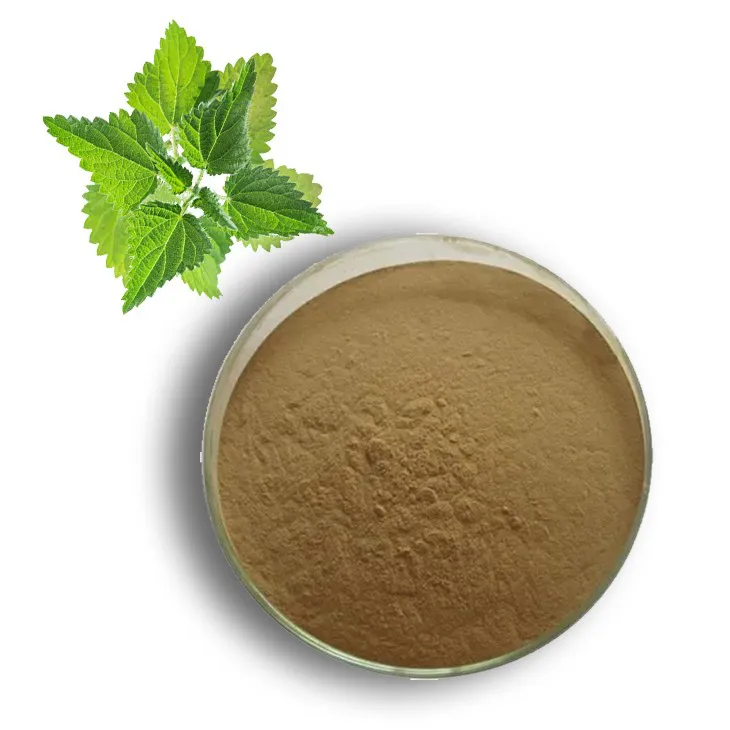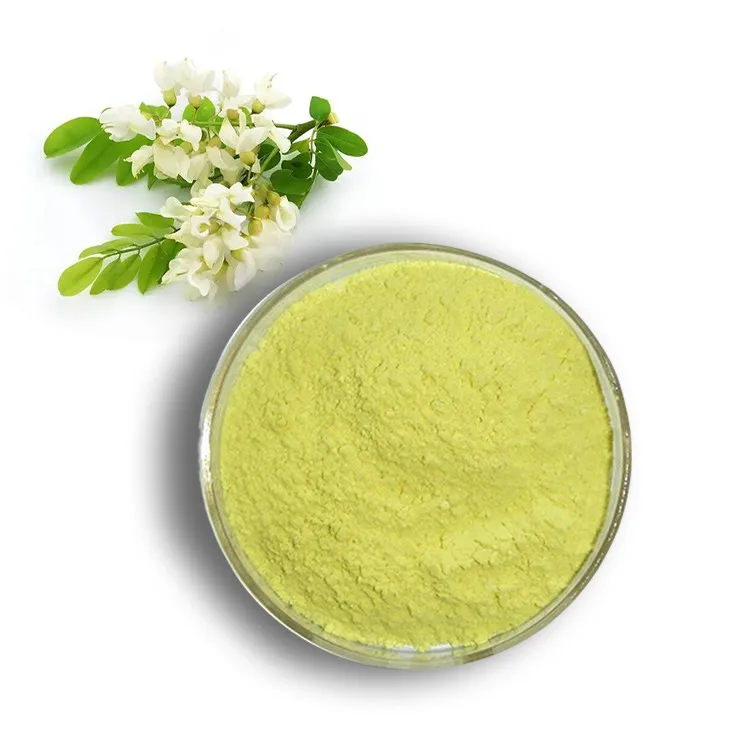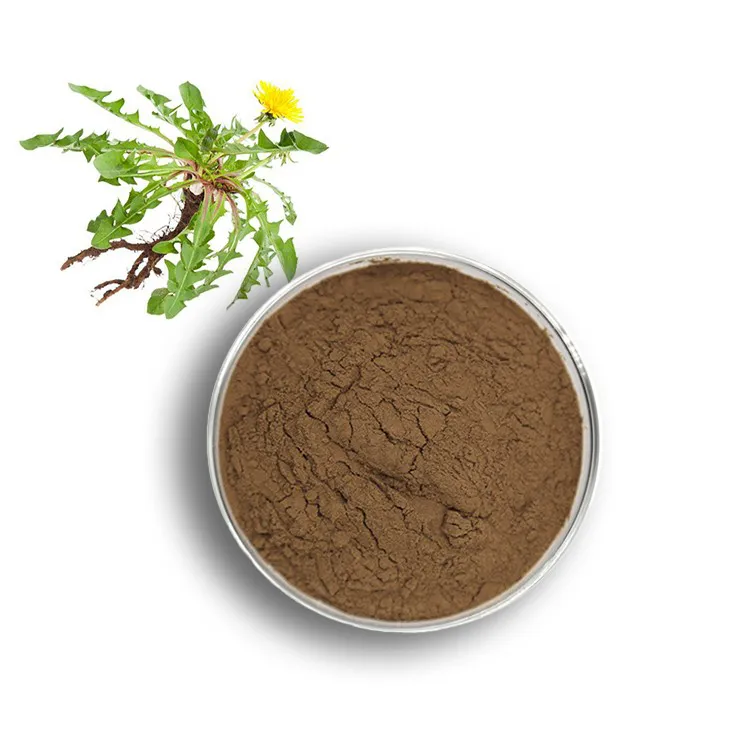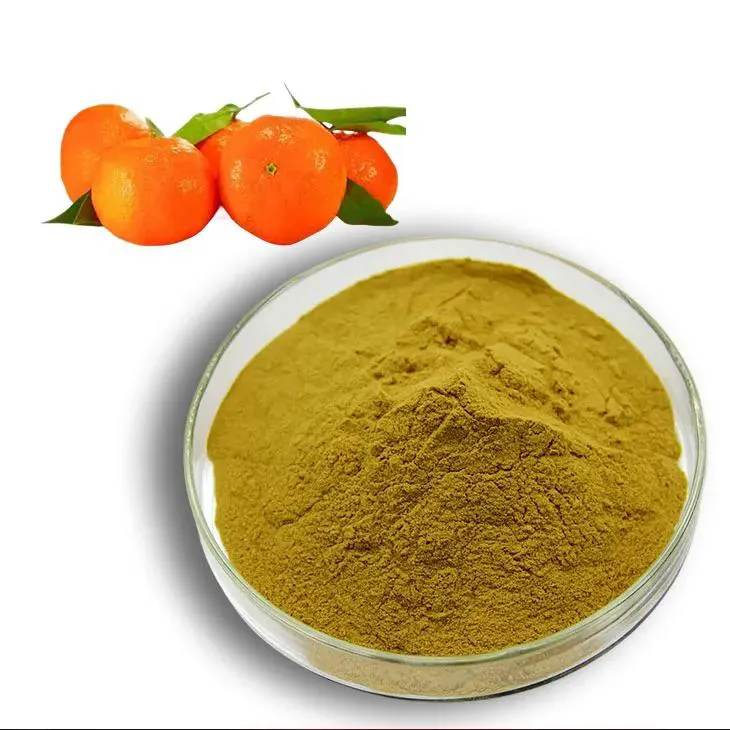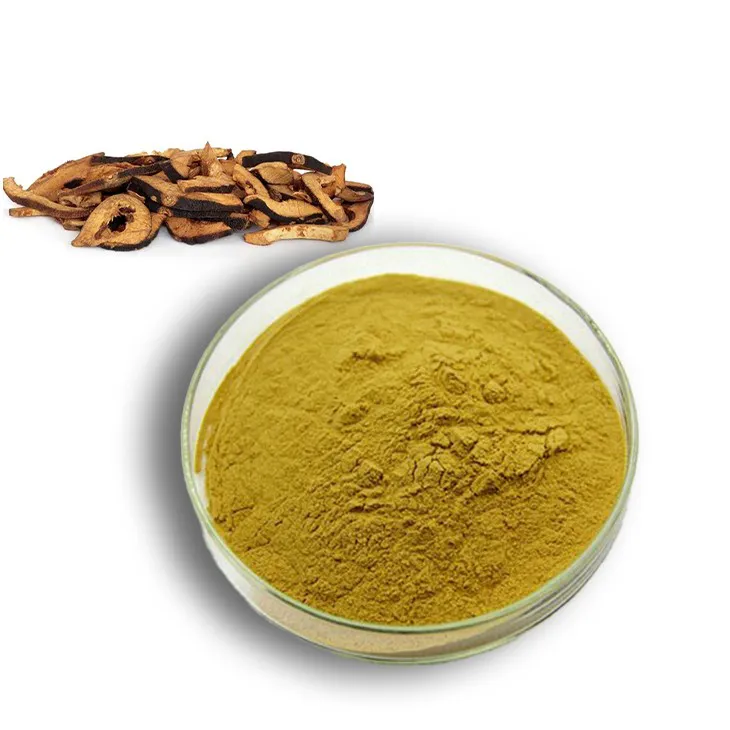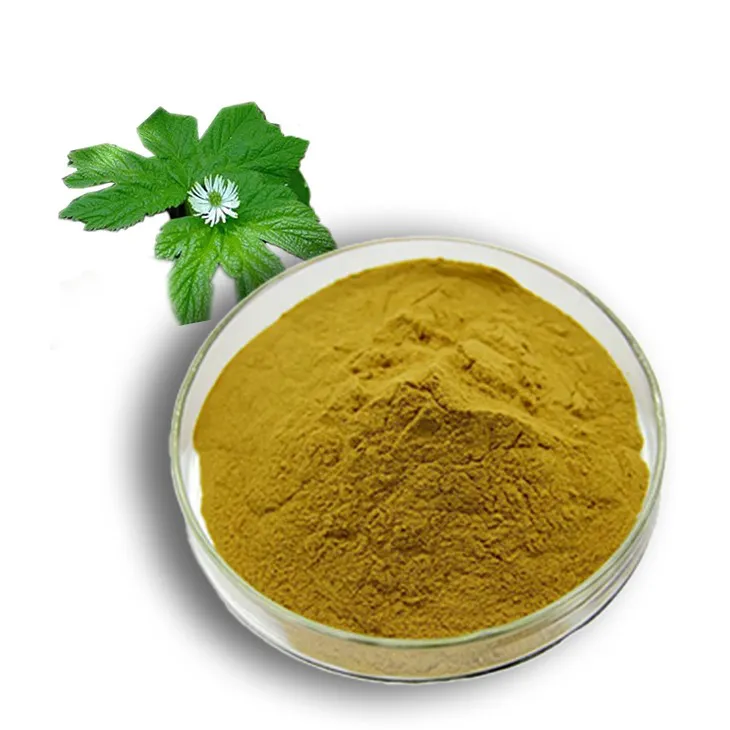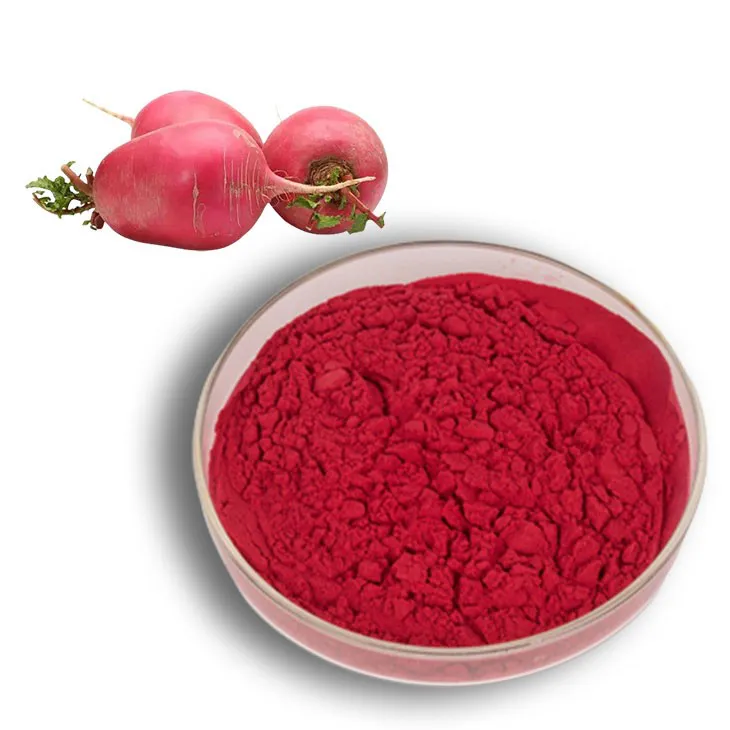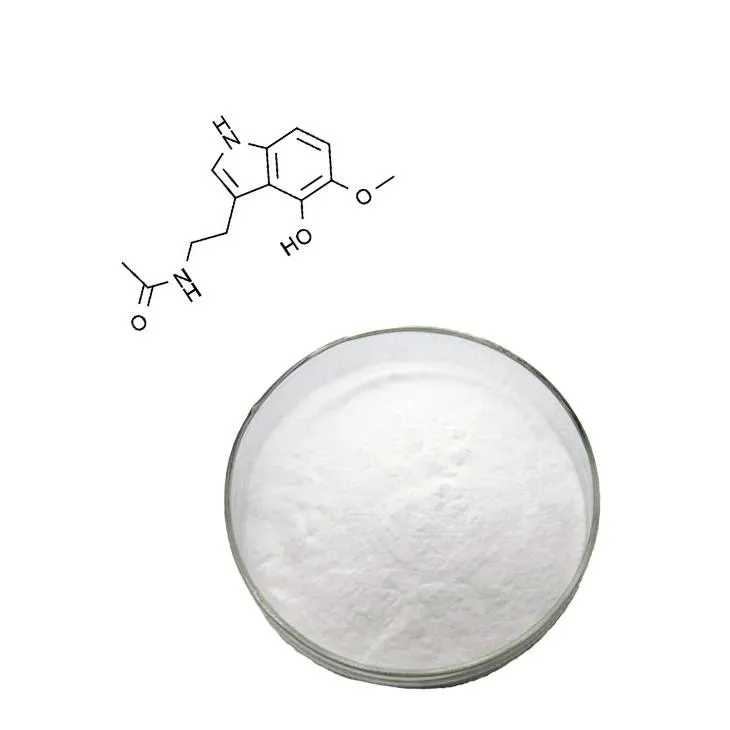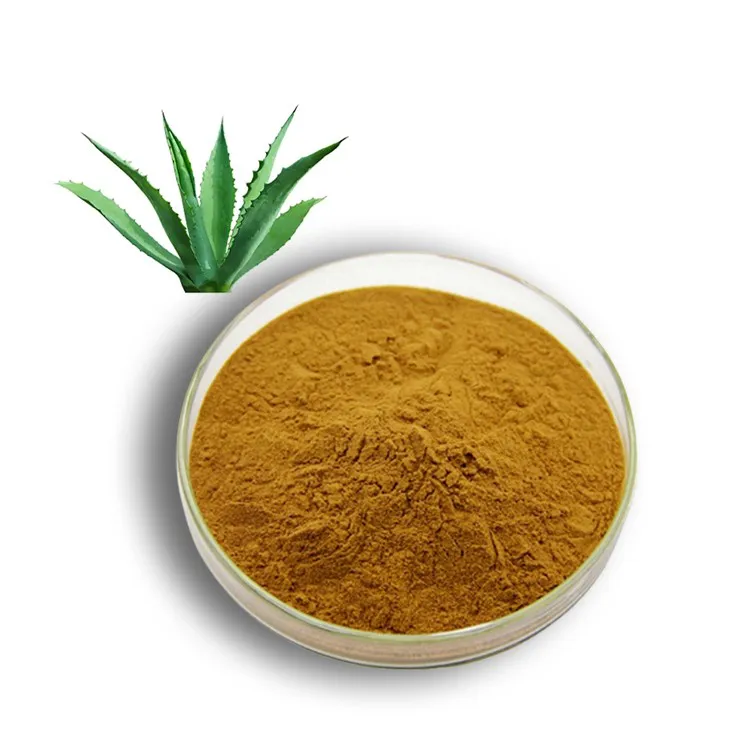- 0086-571-85302990
- sales@greenskybio.com
Understand the main processes of lotus leaf extract manufacturing in the food industry.
2024-12-10
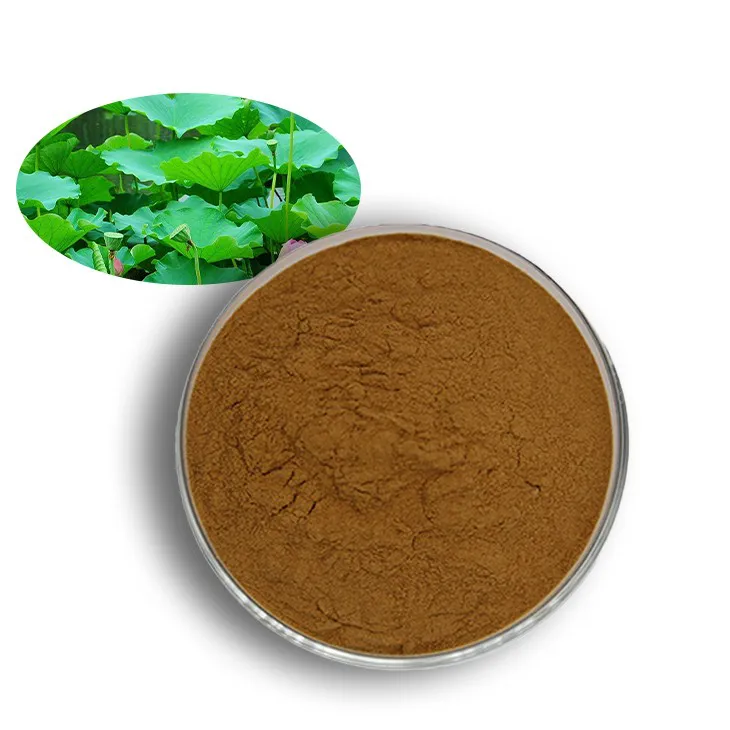
1. Introduction
Lotus leaves have long been recognized for their potential benefits in the food industry. The manufacturing of Lotus leaf extract involves several crucial steps to ensure the final product is of high quality and suitable for various applications in food products. This article will explore the main processes in detail.
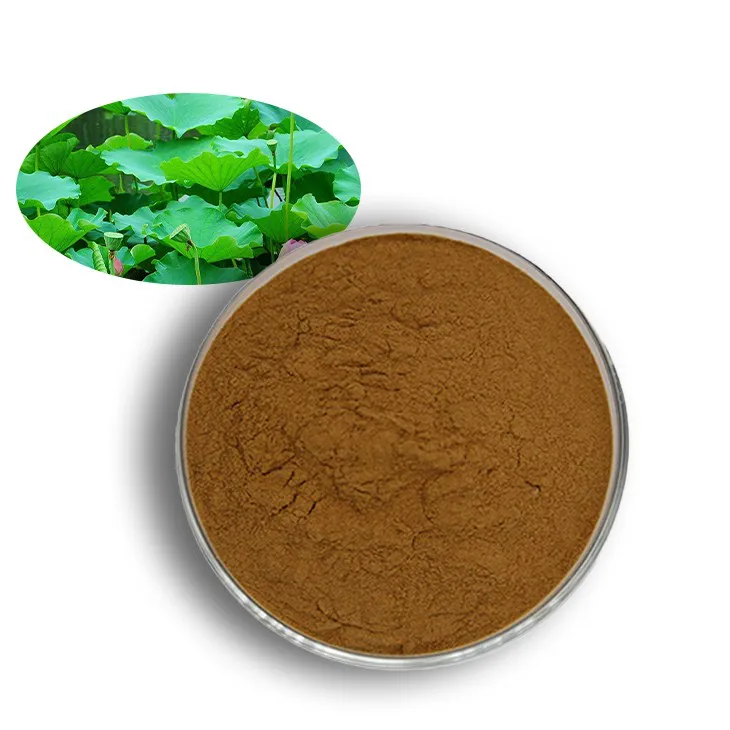
2. Harvesting of Lotus Leaves
The first step in the manufacturing process of Lotus leaf extract is the harvesting of lotus leaves. This process needs to be carried out at the right time.
2.1 Optimal Harvesting Time
Lotus leaves should be harvested when they are rich in the desired compounds. The growth stage of the lotus plant plays a significant role in determining the concentration of these beneficial substances. For example, leaves at a certain maturity level may contain higher levels of bioactive compounds such as flavonoids and alkaloids, which are often the target of extraction for use in food applications.
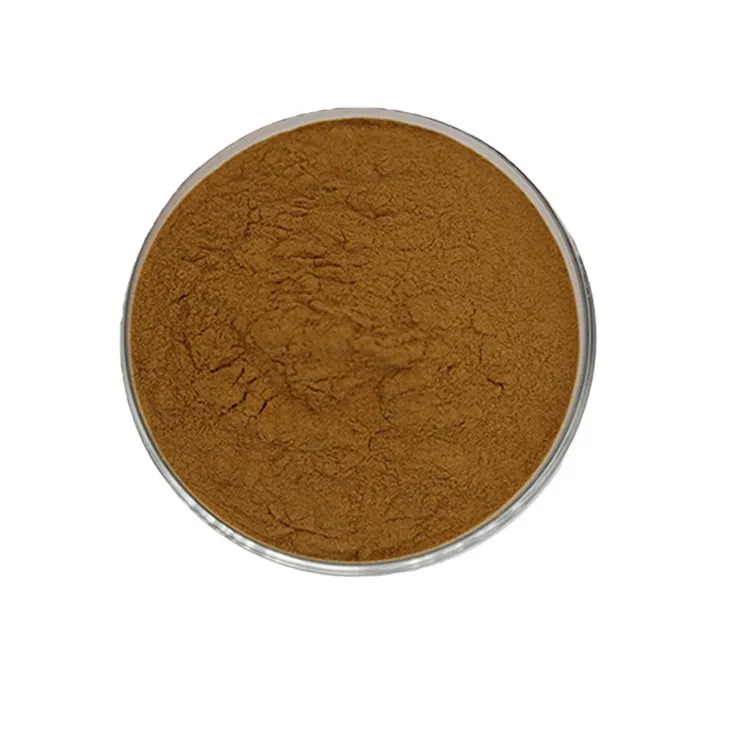
3. Washing of Harvested Leaves
After harvesting, the lotus leaves are subjected to intensive washing. This is an essential step to remove dirt, debris, and other contaminants that may be present on the surface of the leaves.
3.1 Importance of Thorough Washing
Thorough washing helps to ensure the purity of the final extract. Any remaining dirt or foreign matter can introduce impurities into the extraction process and affect the quality of the Lotus leaf extract. Therefore, proper washing techniques, such as using clean water and gentle agitation, are employed to clean the leaves effectively without causing damage.
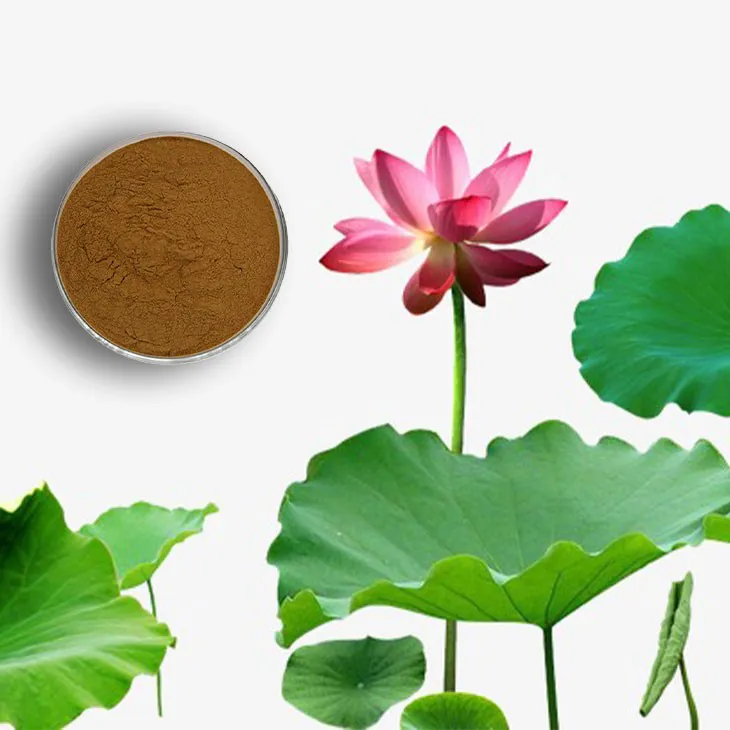
4. Drying of the Washed Leaves
Following the washing step, the lotus leaves are dried. Drying is a crucial stage as it helps to preserve the leaves and make them suitable for further processing.
4.1 Thermal Drying
Thermal drying is one option. In this method, heat is applied to remove the moisture from the leaves. This can be achieved through various means, such as using an oven or a drying chamber. However, care must be taken to control the temperature and drying time to avoid over - drying, which could lead to the degradation of the active compounds in the leaves.
4.2 Freeze - Drying
Another option is freeze - drying. This method involves freezing the leaves first and then reducing the pressure to allow the ice to sublime directly from the solid state to the gaseous state. Freeze - drying is often preferred when the goal is to preserve the maximum amount of bioactive compounds as it causes less damage to the delicate structures of the compounds compared to thermal drying.
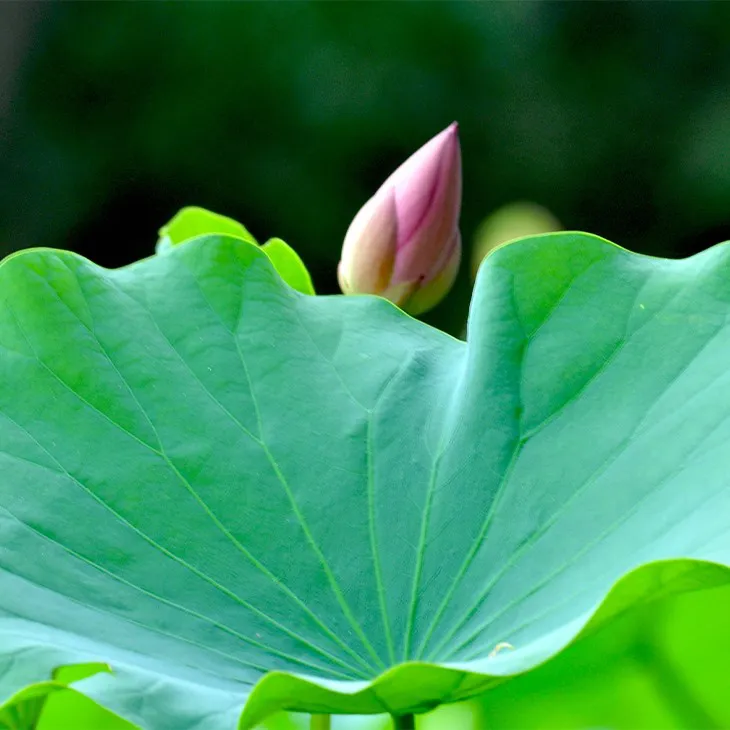
5. Reduction to Powder Form
Once the leaves are dried, they are reduced to a powder form. This is typically done using mechanical means such as grinding or milling.
5.1 Grinding and Milling
The dried lotus leaves are placed in a grinder or mill, and the blades break down the leaves into fine particles. The particle size of the powder can be adjusted depending on the requirements of the extraction process. A finer powder may provide a larger surface area for extraction, which can potentially increase the efficiency of the extraction process.
6. Solvent Extraction
For the extraction of the desired compounds from the powdered lotus leaves, solvent extraction is a common method.
6.1 Organic Solvents
Organic solvents can be used depending on the nature of the target compounds. For example, ethanol is a commonly used organic solvent in the extraction of certain bioactive compounds from lotus leaves. Organic solvents are often effective in dissolving lipophilic (fat - loving) compounds. However, when using organic solvents, strict safety measures must be followed due to their flammability and potential toxicity.
6.2 Water - Based Solvents
Water - based solvents are also an option. Water can be used alone or in combination with other substances such as acids or bases to adjust the pH. Water - based solvents are more suitable for extracting hydrophilic (water - loving) compounds. Moreover, water - based extraction is often considered a more "natural" and environmentally friendly option compared to the use of organic solvents.
7. Purification of the Extract
After extraction, the resulting liquid extract needs to be purified. This step is crucial to remove large particles and unwanted substances.
7.1 Membrane Filtration
Membrane filtration is a common method used for purification. Membranes with different pore sizes can be selected depending on the size of the particles to be removed. For example, a microfiltration membrane can be used to remove larger particles such as cell debris, while an ultrafiltration membrane can be used to separate smaller molecules based on their molecular weight.
8. Concentration of the Purified Extract
The purified extract is then concentrated to obtain the final lotus leaf extract with the right composition and properties for use in food products like functional foods, beverages, or food additives.
8.1 Concentration Methods
There are several methods for concentration, such as evaporation under reduced pressure. This method allows the solvent to be removed at a lower temperature, which helps to preserve the integrity of the bioactive compounds in the extract. Another method is freeze - concentration, which involves freezing the extract and then removing the ice crystals, thereby increasing the concentration of the remaining solutes.
9. Conclusion
The manufacturing of lotus leaf extract in the food industry is a complex process that involves multiple steps from harvesting to concentration. Each step is carefully designed to ensure the production of a high - quality extract that can be used in a variety of food products. With the increasing demand for natural and functional food ingredients, the proper understanding and optimization of these manufacturing processes will be crucial for the food industry.
FAQ:
What is the first step in the lotus leaf extract manufacturing process?
The first step is the harvesting of lotus leaves at the right time when they are rich in the desired compounds.
What are the methods of drying lotus leaves during the manufacturing process?
Thermal drying or freeze - drying can be options depending on the requirements.
How are the dried lotus leaves processed further?
After drying, the leaves are reduced to a powder form, and then solvent extraction is carried out. Organic solvents or water - based solvents can be used depending on the nature of the target compounds.
How is the liquid extract obtained after extraction purified?
The purification may involve membrane filtration to remove large particles and unwanted substances.
What are the applications of lotus leaf extract in the food industry?
Lotus leaf extract can be used in food products like functional foods, beverages, or food additives.
Related literature
- Study on the Active Compounds and Their Extraction from Lotus Leaves in Food Applications"
- "The Manufacturing and Utilization of Botanical Extracts in the Food Industry: A Focus on Lotus Leaf Extract"
- "Lotus Leaf Extract: Production Processes and Their Impact on Food Quality"
- ▶ Hesperidin
- ▶ citrus bioflavonoids
- ▶ plant extract
- ▶ lycopene
- ▶ Diosmin
- ▶ Grape seed extract
- ▶ Sea buckthorn Juice Powder
- ▶ Beetroot powder
- ▶ Hops Extract
- ▶ Artichoke Extract
- ▶ Reishi mushroom extract
- ▶ Astaxanthin
- ▶ Green Tea Extract
- ▶ Curcumin Extract
- ▶ Horse Chestnut Extract
- ▶ Other Problems
- ▶ Boswellia Serrata Extract
- ▶ Resveratrol Extract
- ▶ Marigold Extract
- ▶ Grape Leaf Extract
- ▶ blog3
- ▶ Aminolevulinic acid
- ▶ Cranberry Extract
- ▶ Red Yeast Rice
- ▶ Red Wine Extract
-
Moringa powder
2024-12-10
-
Nettle leaf extract
2024-12-10
-
Troxerutin
2024-12-10
-
Dandelion Root Extract
2024-12-10
-
Citrus bioflavonoids
2024-12-10
-
Citrus Aurantium Extract
2024-12-10
-
Golden Seal Extract
2024-12-10
-
Beetroot Powder
2024-12-10
-
melatonin extract
2024-12-10
-
Aguaje Extract
2024-12-10











